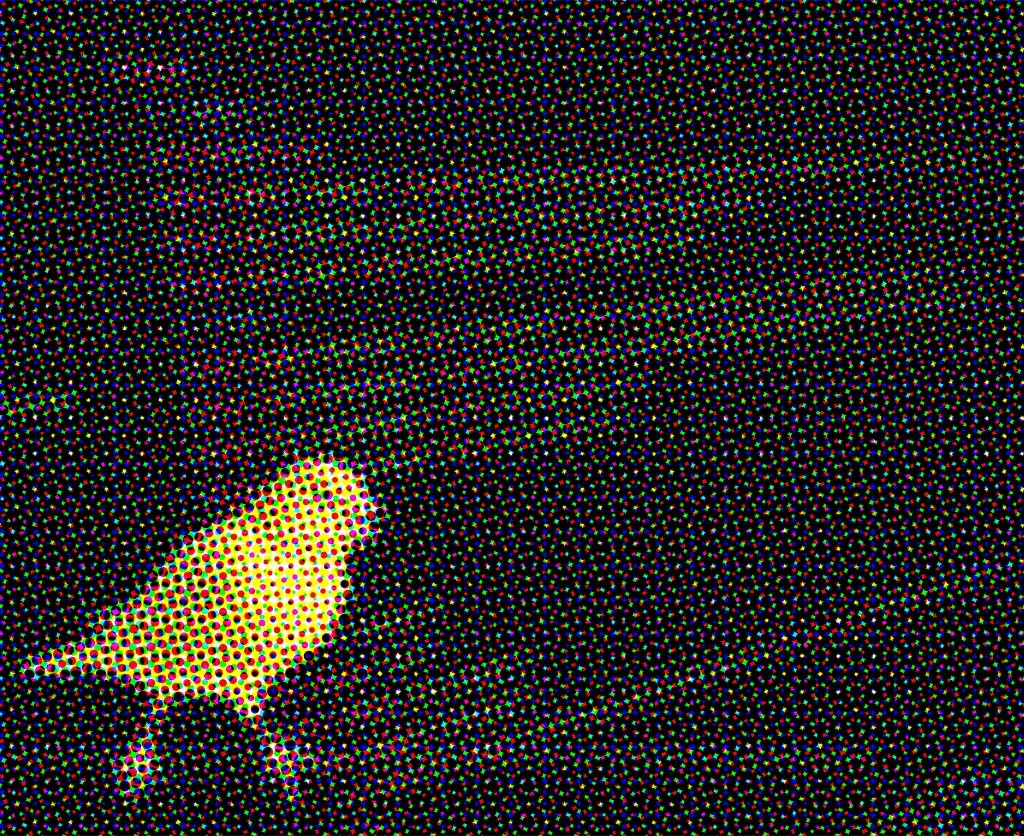
A few weeks ago, a number of designers, developers, and user experience pros gave presentations during a first-ever and all-day online conference dedicated to sustainability and digital design. Created and co-chaired by James Christie and Jen Briselli, the Sustainable UX event asked us to collectively rethink how we view the Internet and climate change.
The focus of my presentation (which can be viewed down the page) was on the growth and importance of online news, despite and because of its carbon footprint.
To me, online news represents a simply perfect intersection between content, technology, and design. Online news needs to take into consideration so many of the things that I care about in terms of design: usability and user experience, legibility, typography, performance, and sustainability both from a financial and an environmental perspective.
And the environmental impact of online news is potentially vast. News sites are heavy users of data - photos, video, and JavaScript mostly. As we increasingly move online to read and watch our news, that data makes increasingly heavy energy demands. And all of that data is being stored and transferred on servers being powered mostly by GHG.
Our growing appetite for digital services means the datacentres that power them are now responsible for about 2% of global greenhouse gas emissions, a similar share to aviation.
—The Guardian: How viral cat videos are warming the planet
The average web page is over 2 MB in size, with nearly 100 HTTP pull requests per page. For news websites in particular, page size can be a much, much larger affair. We are seeing the rise of readily available video, large scripting libraries, massive style sheets, and huge unoptimized images sprouting out of nearly every new website. Ironically, news and information websites mostly feature written content — and talk is cheap when it comes to any given page. The text of any given news article weighs very little (perhaps a few KB).
Why are we seeing so much page bloat on news sites? First, there’s money, of course. Ads serving images and videos are one of the only reliable way that newspapers have been able to survive online. The business model of 20th century journalism is one of selling ad space between the news stories. The larger the space, the larger the spend. For the journalistic web, size doesn’t matter as much, but placement does.
Second, data and content are cheap. With the rise of high bandwidth servers and massive content delivery network (or CDN) services, newspaper and information sites can use as many photos, video, headlines and heavy-assets as they like with little impunity. Moreover, thanks to the brilliance of responsive design in the past few years, we can serve up only those images and other resources to mobile browsers so as not to tax the patience of iPhone users.
Vibrant Online News Is Critical to a Sustainable Web
So, what’s the problem? There really isn’t any if all of those servers spitting out Kim Kardashian photographs were served by renewable energy. Instead, most of the world’s data servers are powered by coal, oil, or other greenhouse gas emitting resources, creating a perfect storm of big visual assets and big GHG emissions. And there is no problem if news websites were guaranteed to be around forever. But many are floundering and the fewer news sites we have, the harder it is on civil society.
Why pick on news websites? Both because they are polluting and because we need them. We need strong, honest, hard-hitting journalism more than ever and trained writers, photographers, and videographers to tell us what is happening on our shrinking planet. At the same time, news and information websites are having a hard time justifying the provision of free, premium content that is paid for on the back of print subscribers, ad clickers, and low-attention-span readers.
Don’t other websites serve a public function? Yes. Governments, nonprofits, and health-related sites are now critical to the well-being and happiness of most of us. But news websites serve every citizen and keep us in touch with one another in ways that social media, blogs, forums, and other channels cannot. They earn our trust through their reporting. And democracy and civil society needs them as much as they need us.
Ultimately, online newspapers will require a different business model.
During the following presentation, I discuss the numerous ways that news sites are bloated and propose a simpler, sustainable, revenue-generating, aesthetically pleasing, and code-lite model that might keep page loads low. We can use design thinking and good code to keep online news flowing and the information moving.
The hope is that we build an advertising and subscription model that others sites can emulate. In turn we will lighten the load on our servers until the day that all data centres are powered by beautiful renewables.
Please watch the other Sustainable UX presentations or read about them when you have moment and follow this inspired initiative on Twitter. Thanks again to James and Jen for pushing us all forward.

